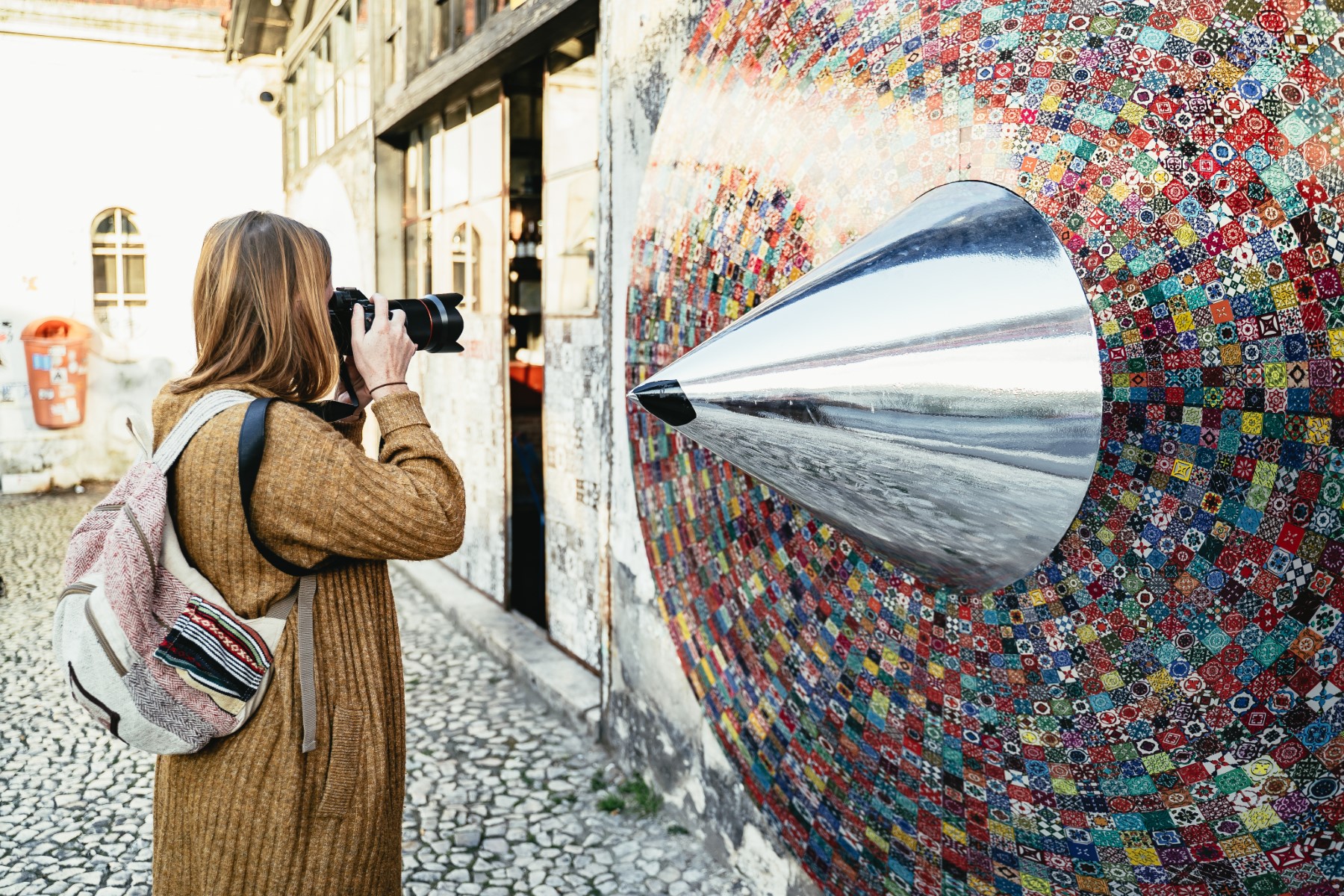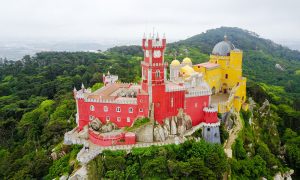Portuguese tiles, or azulejos, are not merely decorative elements but narrators of the history of Portugal itself. These ceramic tiles reflect a confluence of cultures and epochs, turning walls into vivid storytelling tapestries. Their beauty and complexity transform simple architecture into breathtaking artistry. This article explores the journey of Portuguese tiles from their origins to their evolution into a key element of aesthetic and cultural expression.
The Origins of Portuguese Azulejos: A Deep Dive
The history of Portuguese azulejos dates back to the 13th century, influenced heavily by the Moors who dominated the Iberian Peninsula for centuries. The word ‘azulejo’ itself stems from Arabic roots, meaning ‘small polished stone’. Originally, these tiles were simple in design, primarily geometric and colored in tones of blue and white. They were used predominantly to control temperatures in homes, reflecting the heat and keeping interiors cool.
As Portugal began to establish its maritime empire in the 15th and 16th centuries, the exposure to Moorish culture deepened, and the techniques and aesthetics of tile-making were further refined. The Portuguese adopted the Moorish tradition of covering walls entirely with tiles, which was not only practical for weatherproofing and insulation but also provided a canvas for artistic expression. The introduction of the majolica ceramic technique in the 16th century allowed artists to paint intricate scenes and patterns directly onto the tiles before glazing, which brought a new dimension to the azulejos.
The golden age of azulejos occurred in the late 17th and early 18th centuries, during Portugal’s period of Baroque influence. The tiles started featuring more elaborate and colorful designs, often depicting religious and historical scenes, as well as scenes of daily life. This period also saw the introduction of the blue-and-white tiles, influenced by the Dutch Delftware, which remain synonymous with Portuguese azulejos today.
Evolution of Tile Art: From Function to Aesthetics
Over the centuries, the function of the azulejos shifted from basic utilitarian uses like temperature control and spatial demarcation to a stronger emphasis on aesthetics and storytelling. Each era brought with it changes in styles and techniques, reflecting Portugal’s social, political, and technological dynamics. The 19th century, for instance, saw the Industrial Revolution introducing new methods of production. This led to mass production of tiles which made them more accessible and widespread, but also sparked a debate about the loss of artistic quality.
The 20th century marked a period of artistic revival for the azulejos, with artists like Maria Keil and Jorge Colaço leading the way in incorporating modernist and Art Nouveau influences into tile art. These artists helped re-establish azulejos as a prestigious form of Portuguese cultural expression. Public and private spaces alike were adorned with panels that celebrated Portugal’s historical achievements and cultural heritage, melding traditional techniques with contemporary artistic visions.
Today, azulejos continue to be a vital part of Portuguese architecture and art. Contemporary artists experiment with the medium, pushing the boundaries of traditional designs and techniques. The azulejos not only adorn historic buildings and street corners but also inspire modern applications such as in subway stations, public art, and even in fashion, proving that this ancient art form has successfully transitioned into the modern age while retaining its cultural significance.
From their Moorish origins to their modern-day innovations, Portuguese tiles represent a journey through time, encapsulating the cultural shifts and artistic developments of Portugal. The evolution from functional elements to ornamental masterpieces shows the adaptability and enduring appeal of azulejos. As both historical artifacts and modern art, they offer a unique glimpse into the soul of Portugal, making the walls around the country not just structures, but storied canvases of life and time.

Gonzalo
Founder/Owner of The Lisbon Guide, one of the major blog references in Portugal, established in 2014 and receiving every year 250.000 visitors from all over the world, looking to provide the best experiences in Portugal. In partnership with Portugal Magik for all private tours and transfers across Portugal, Gonzalo loves a good seafood meal at Monte Mar Cascais, and all from Michelin Chef Avillez. Favorite Hotel in Lisbon/Portugal, Penha Longa Resort by Ritz Carlton.
For over 15 years, Gonzalo have been helping thousands of travelers yearly to plan a perfect trip to Portugal. Based in Lisbon/Cascais and working in this field for over 20 years, with multiple ongoing projects. Also an avid TripAdvisor user level 6 with more than 300.000 readers worldwide.
Many years working also as a Private Guide of Lisbon, Sintra, Fatima, Porto, Douro Valley, Evora, and other locations in Portugal.


















































